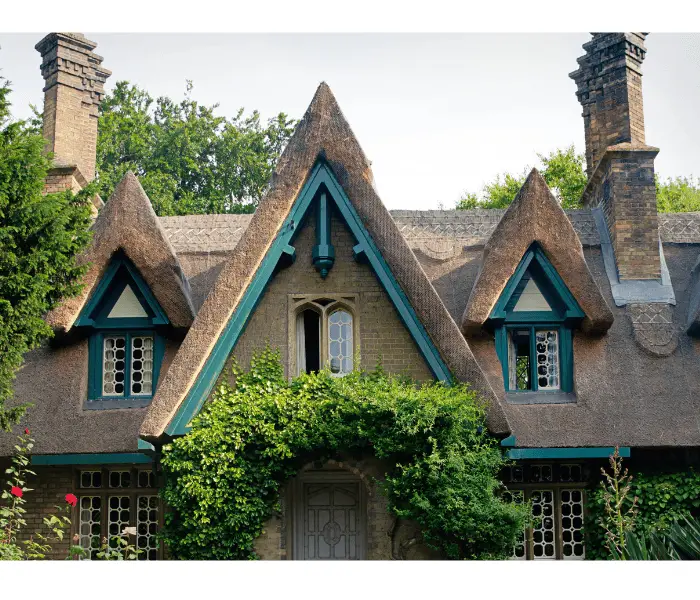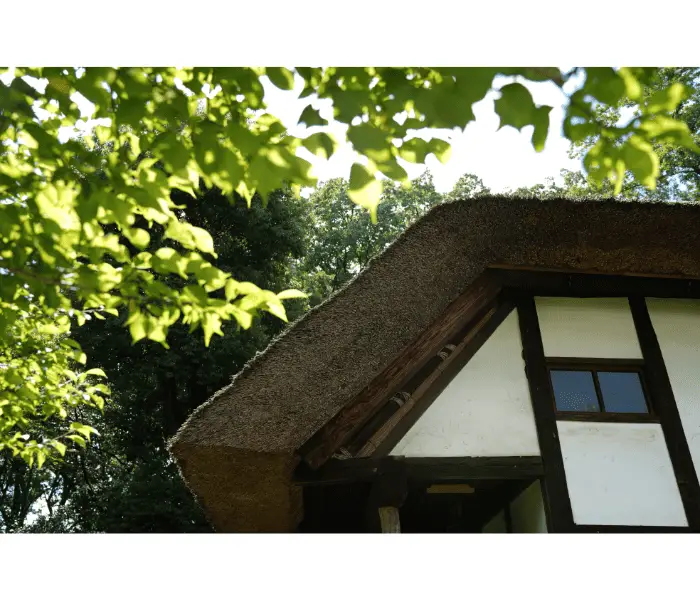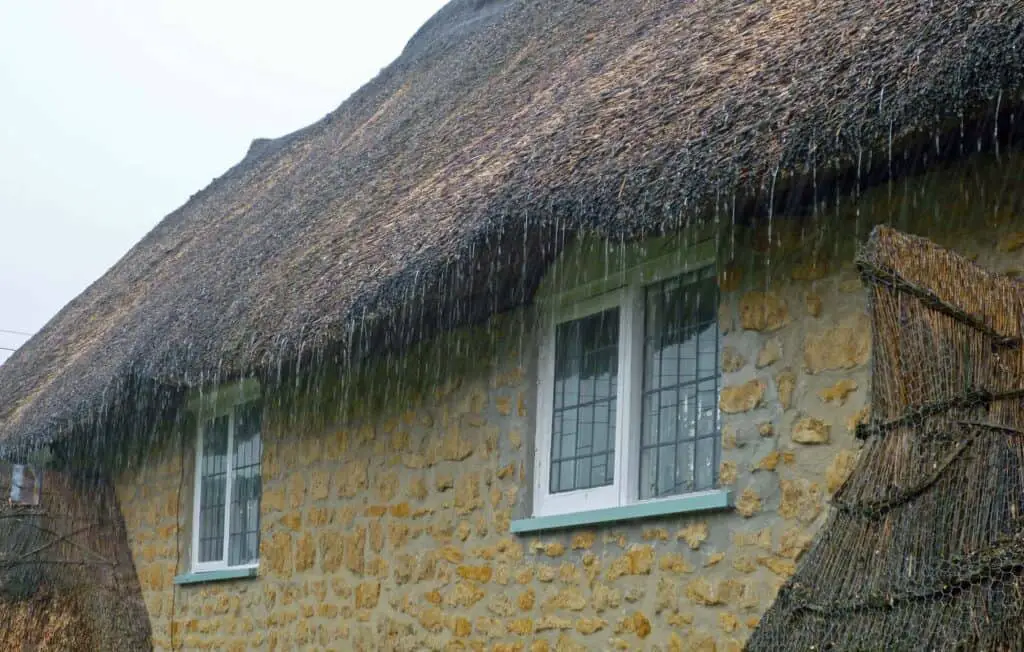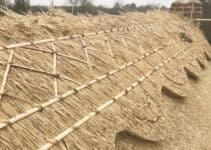Thatched roofs are the epitome of picturesque cottages in the English countryside. People often wonder about many aspects, such as upkeep and replacement, but have you ever found yourself wondering, does a thatched roof smell?
If so, you’re in the right place! Below, we’ll discuss everything you could want to know about the aroma of a thatched roof.

Does a Thatched Roof Smell? A thatched roof does smell because it’s made from organic material, meaning it gives off a distinct aroma, both when it’s fresh and as it ages. If you live in a thatched property you will not be able to smell the roof from the inside or outside the property.
It’s likely you will only be able to smell the thatch is if you were standing on top of the roof! Although we all have different tastes, there are probably very few people who don’t like the smell of a thatched roof.
But what does it smell of?
In the UK, the most common thatched roof materials are wheat and reeds. These are harvested and dried before becoming roofs. When they’re new, the overwhelming smell is of fresh hay.
Think of a barn on a warm summer day, and you’ve got a good idea of what a thatched roof smells like when it’s new.
Aside from the look, this is arguably one of the most appealing aspects of a thatched roof. After all, who doesn’t love the warm smell of fresh hay?
The Smell of a Thatched Roof as it Ages
Unsurprisingly, a thatched roof doesn’t retain the smell of fresh hay throughout its lifetime. The organic matter degrades naturally, which is why you must replace it every 10-50 years, depending on the area.
During that time, a few factors can impact the roof’s smell, generally for the worse. These are:

Rain
Due to the way thatched roofs are built, rain should only impact the top layer of material. However, it can cause the roof to smell musty if the rain penetrates deeper than it’s meant to. Factors such as improper care or pests can cause this to happen.

That said, when the roof is new and gets rained on, you’ll be treated to a lovely smell of wet hay. The smell of fresh straw, combined with petrichor, is particularly inviting.
Moisture Build-Up
Generally, moisture should only enter a thatched roof from the top (via rain). You can expect some moisture to build up inside, but this shouldn’t be a problem if the building is properly ventilated.
If not, you can expect mildew and mould to grow in the thatch and the attic. As you probably already know, this doesn’t smell great and can have a range of impacts on your health.
The only effective way to combat this in a thatched roof is a full replacement, as you can’t treat the mould using traditional methods.
But to reduce any moisture within the cottage you can purchase an air humidifier:
Final Thoughts on the Smell of Thatched Roofs
Although thatched roofs do smell, it’s usually a pleasant smell. If you have a thatched roof and notice musty smells coming from it, take it as a sign there might be something wrong.
The best thing to do is call in a qualified thatcher so they can diagnose the problem for you.




